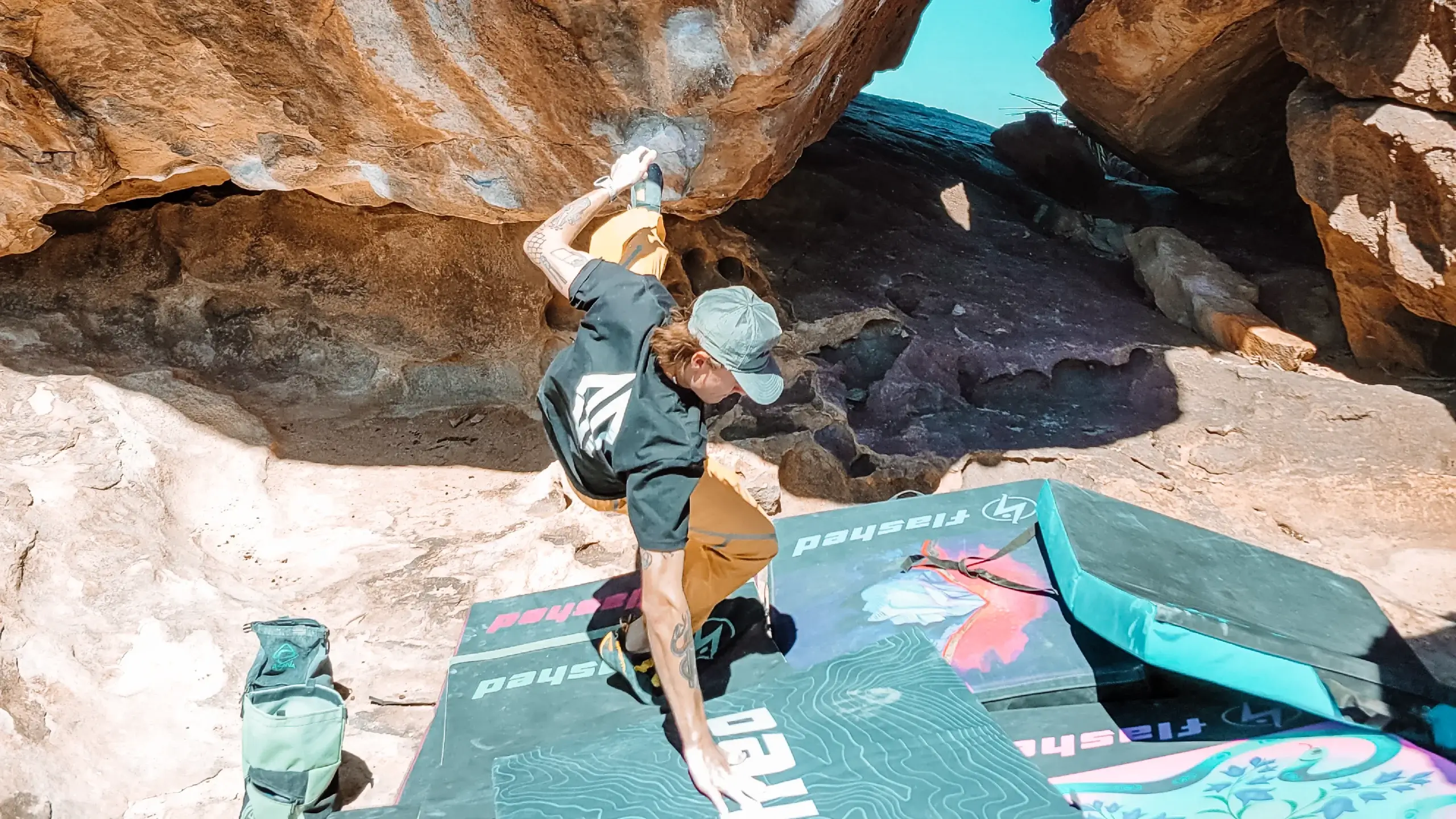Modern bouldering and crash pads go hand in hand. Stroll into any popular bouldering area, and you’ll see climbers spread out on durable foam pads, chatting, spotting each other, and pushing their limits in relative safety. It’s easy to forget that, not too long ago, hauling a dedicated crash pad to the crag was practically unheard of. Here’s how crash pads evolved—from improvised solutions to cutting-edge designs—and why their introduction didn’t always sit well with everyone in the climbing world.
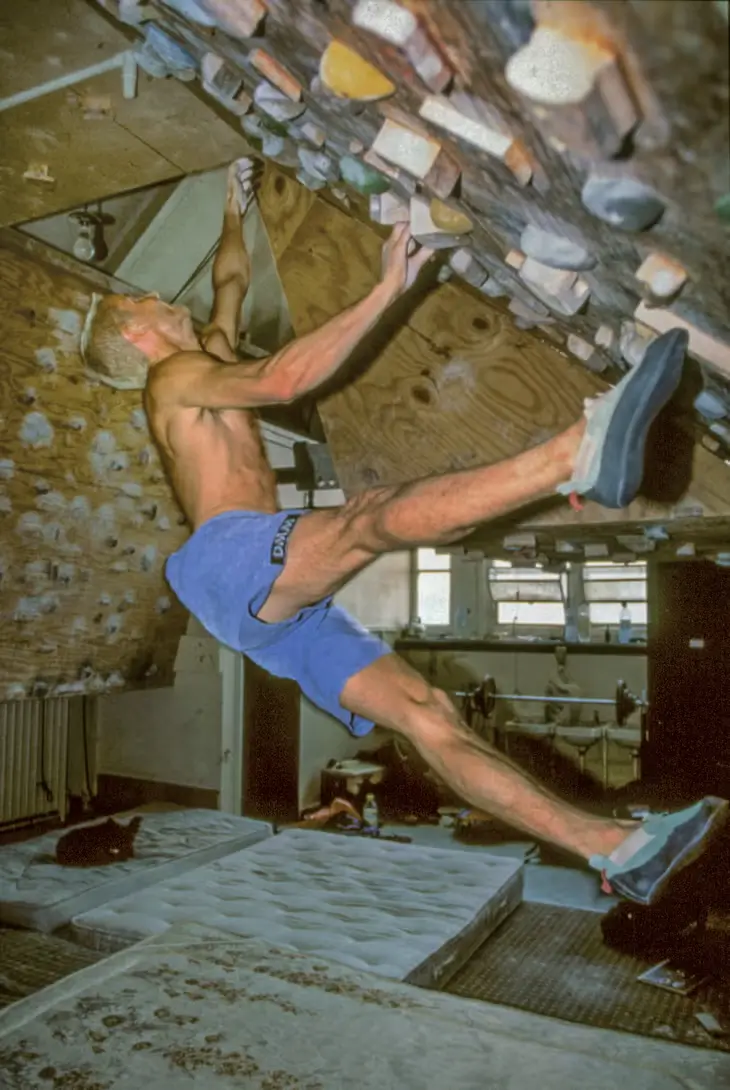
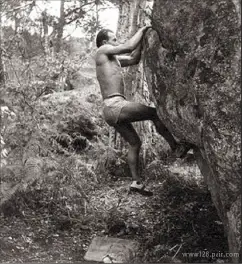
Early Improvisations
Before specialized pads hit the scene, boulderers made do with whatever they could find: an old mattress, scraps of foam, pieces of carpet, or even layers of cardboard. These makeshift cushions were far from ideal—heavy, awkward, and definitely not built to last. Still, as bouldering was a smaller niche in climbing at the time, many figured that any padding was better than nothing.
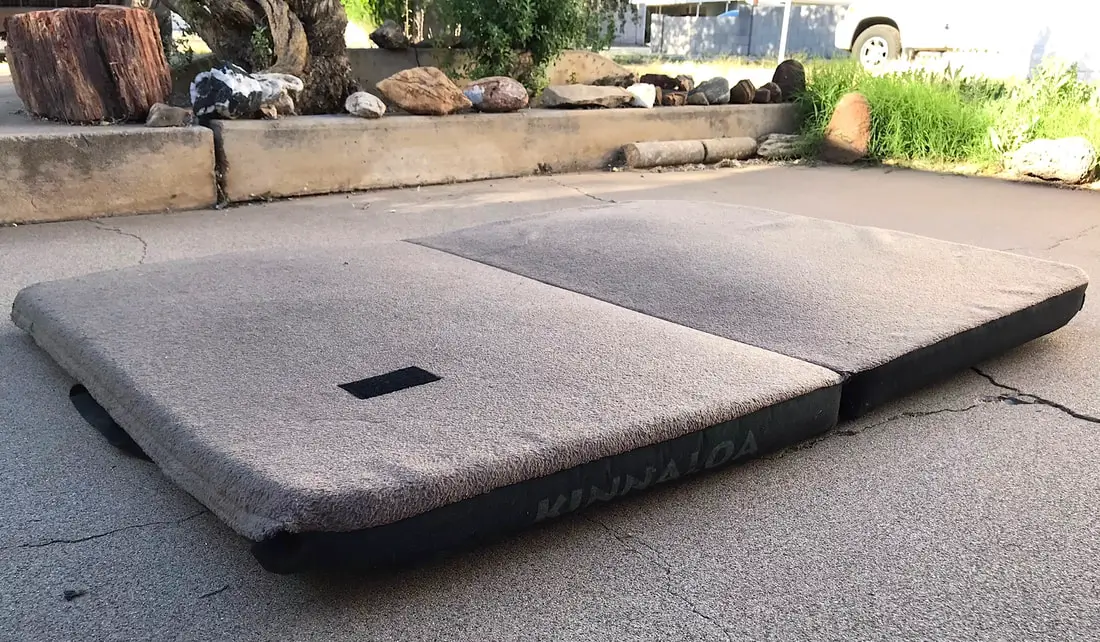
Hueco Tanks and the First Purpose-Built Pads
While bouldering grew steadily through the 1980s, one place in particular played a key role in shaping the future of crash pads: Hueco Tanks. Climbing pioneer John Sherman is often associated with early experimentation there. However, as Sherman revealed in a 2022 interview with Climbing magazine, the initial spark for purpose-built padding came from El Paso-based boulderers Donny Hardin and Fred Nakovic after a bruising session at the City of Rocks in New Mexico.
In 1992, Sherman teamed up with Bruce Pottenger of Bishop-based gear manufacturer Kinnaloa to develop the first commercially available bouldering mat—nicknamed the “Kinnaloa Sketchpad.” Its nylon sleeve, carrying straps, and dual-density replaceable foam became the foundational design for nearly all crash pads that followed. This breakthrough turned scrappy pieces of foam into something reliable, portable, and customized for the demands of climbers.
Early Manufacturers and Design Evolution
As the concept of a dedicated bouldering mat caught on, more companies began to experiment with their own product lines. Cordless, Pusher, Black Diamond, and Flashed are a few of the early names that helped move crash pads from a novel idea into mainstream climbing gear. By fine-tuning foam densities, cover fabrics, and carrying systems, these brands created products that were more durable, lighter to haul, and better at protecting climbers’ ankles and heels. Features like zippered pockets for shoes and chalk, streamlined straps, and hinge or taco-style folding methods also made pads more convenient to transport.
Despite these innovations, acceptance wasn’t immediate. Some climbers questioned whether carrying a specialized pad undermined the minimalist ethos of bouldering or reduced the mental challenge. Over time, though, the practicality of crash pads and the opportunity to push the limits of bouldering eventually won out over any doubts.
Widespread Adoption
From the “Sketchpad” onward, ongoing refinements in foam technology and fabric durability propelled crash pads into everyday climbing culture. By 2019, Climbing magazine estimated that more than 50 manufacturers around the world were producing pads, reflecting the sport’s continued growth and the emphasis on both safety and convenience for modern climbers.
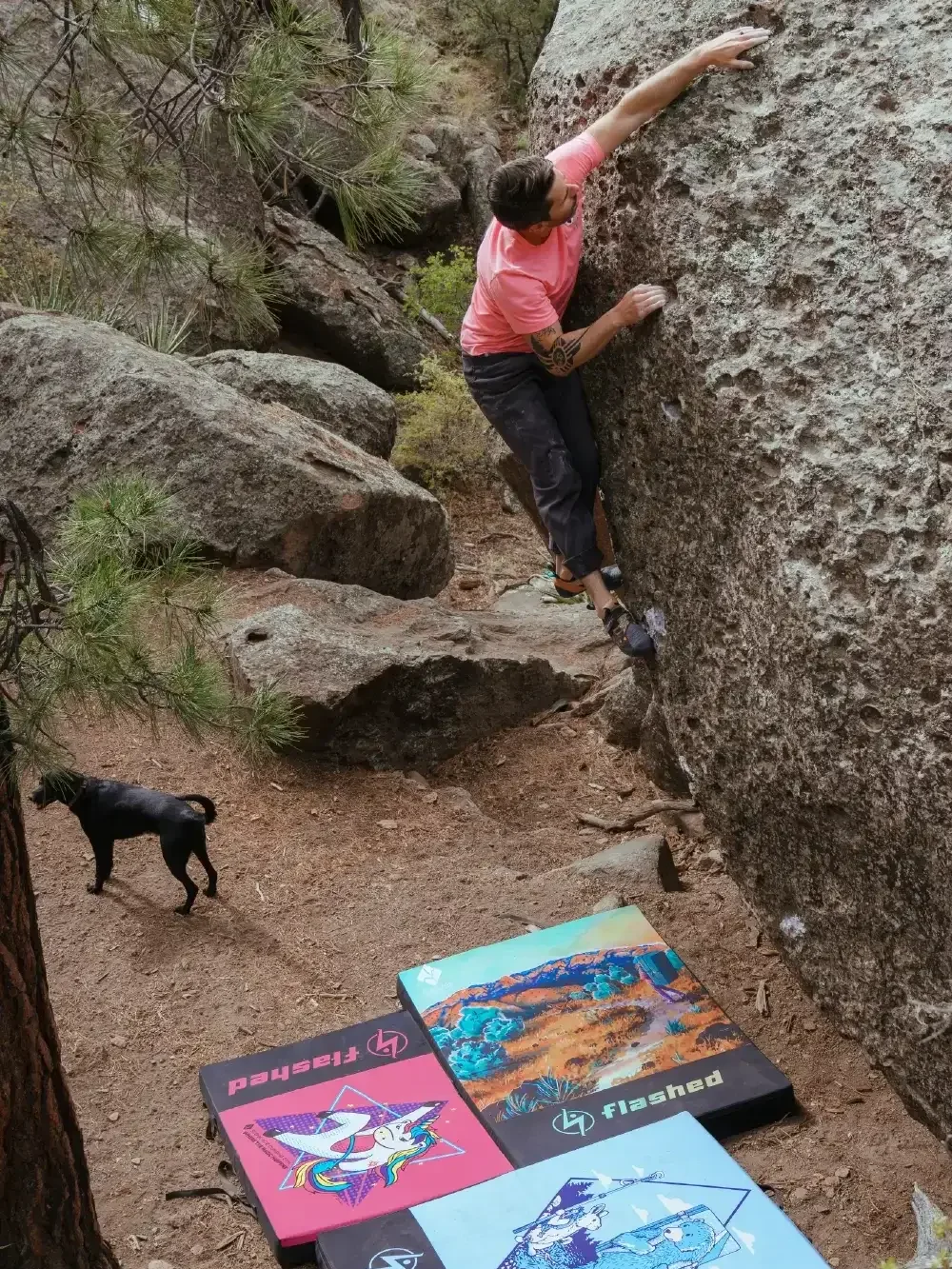
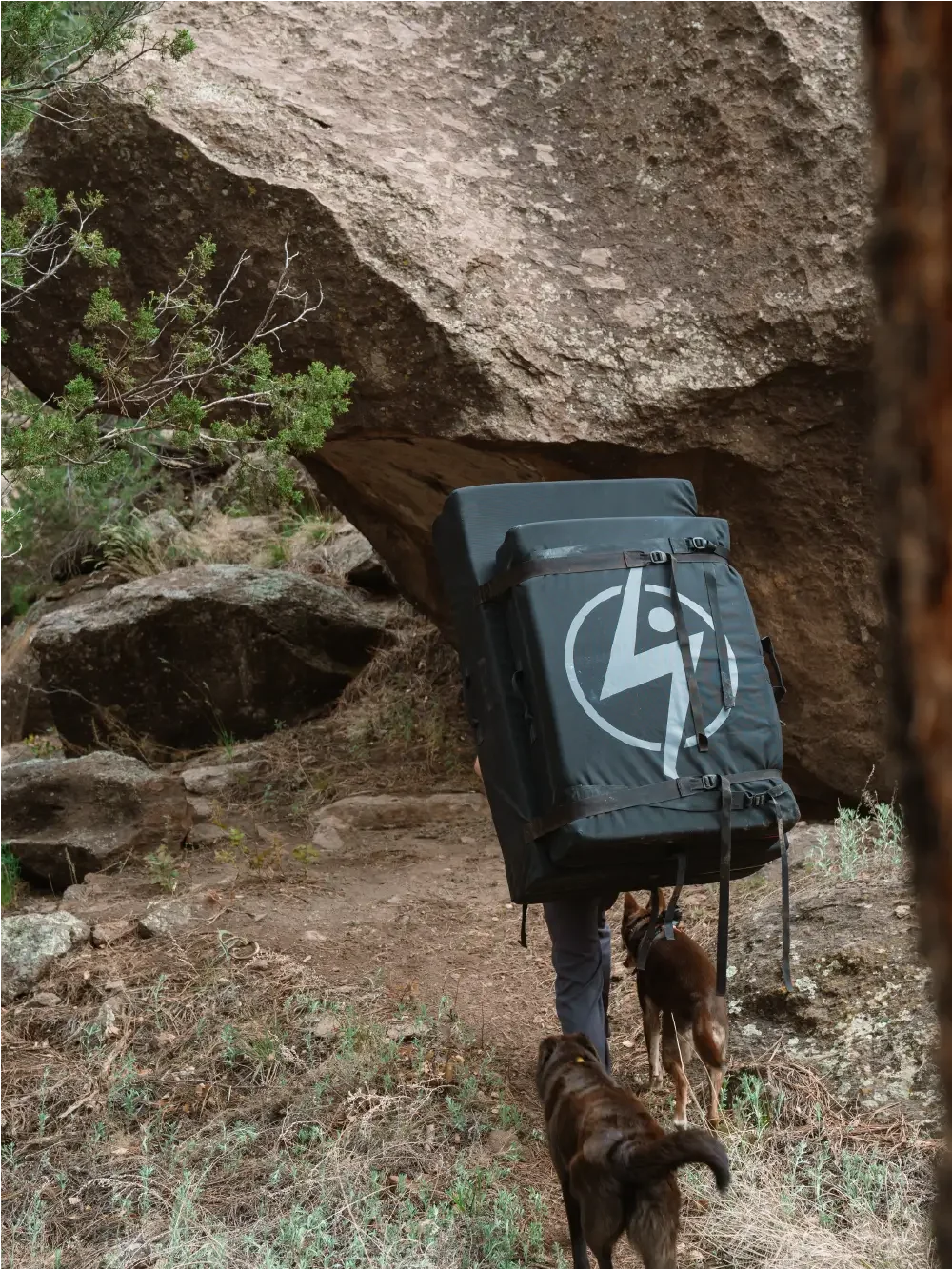
Where We Stand Today
Crash pads have become virtually synonymous with bouldering. They provide a mobile “landing zone” for climbers to refine movement, spot each other effectively, and push personal boundaries with less risk of a nasty fall. Far from diminishing the sport, crash pads have helped make bouldering more accessible and inclusive. They’re a testament to how climbing culture can adapt, meeting the desire for progression and protection without losing the spirit that draws climbers outdoors in the first place.
The next time you lay out your pad beneath a boulder problem, take a moment to appreciate the winding history that led from cardboard scraps and ratty mattresses to the premium crash pads of today. It’s a story of innovation fueled by necessity, creativity, and a shared passion for climbing—one that continues to evolve as the sport grows.

